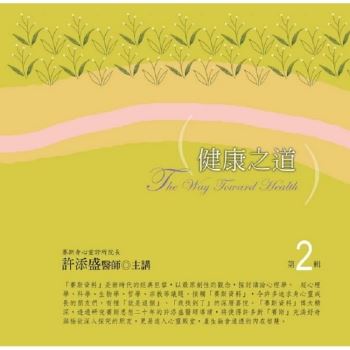The implementation of programs like One Million Cisterns (P1MC), One Land Two Waters (P1+2) and the Fresh Water Program (PAD) are examples of actions for living with the semi-arid region that guarantee that rural populations have access to drinking water. In this sense, there is a need to understand how small municipalities with less than five thousand inhabitants are being supported by the coexistence programs created by the government to serve the population of these municipalities. The objective of this study was to evaluate the difficulties of access to drinking water in the 68 municipalities of the semi-arid region of Paraiba with less than 5,000 inhabitants. For this, the methodologies used were techniques of cross tabulation of data in a GIS environment of the information collected by the portals of the Ministry of Social Development and the Ministry of Environment about the programs in parallel with the SNIS data of the rural population supplied by general network of water. And it was found that there is vulnerability in water supply in these municipalities in the three programs presented.
| FindBook |
有 1 項符合
Diagnosis of access to water through geoprocessing的圖書 |
 |
Diagnosis of access to water through geoprocessing 作者:Brito 出版社:Our Knowledge Publishing 出版日期:2022-10-17 語言:英文 規格:平裝 / 64頁 / 22.86 x 15.24 x 0.38 cm / 普通級/ 初版 |
| 圖書館借閱 |
| 國家圖書館 | 全國圖書書目資訊網 | 國立公共資訊圖書館 | 電子書服務平台 | MetaCat 跨館整合查詢 |
| 臺北市立圖書館 | 新北市立圖書館 | 基隆市公共圖書館 | 桃園市立圖書館 | 新竹縣公共圖書館 |
| 苗栗縣立圖書館 | 臺中市立圖書館 | 彰化縣公共圖書館 | 南投縣文化局 | 雲林縣公共圖書館 |
| 嘉義縣圖書館 | 臺南市立圖書館 | 高雄市立圖書館 | 屏東縣公共圖書館 | 宜蘭縣公共圖書館 |
| 花蓮縣文化局 | 臺東縣文化處 |
|
|
圖書介紹 - 資料來源:博客來 評分:
圖書名稱:Diagnosis of access to water through geoprocessing
|









